Asparagus aethiopicus L.
AsparagaceaeEs una planta típicamente ornamental y de sombra originaria de Sudáfrica emparentada con el espárrago común (Asparagus officinalis), especie esta que se ha cultivado como hortaliza para el consumo de sus vástagos jóvenes, además se usó como planta medicinal. Asparagus es el nombre latino de la esparraguera, que a su vez procede del griego sparassein, “rasgar”. El específico aethiopicus es un epíteto geográfico que en sentido estricto alude a su localización en "Etiopía", aunque es habitual para toda procedencia africana. A menudo su aspecto lo hace ser confundido con un helecho, pero sí tiene unas pequeñas flores (es una angiosperma).
De porte colgante con tallos arqueados y hojas (cladodios) rígidas, tiene unas flores muy pequeñas y perfumadas, aunque más evidentes que en otras especies del género. Posteriormente dan lugar al fruto, en forma de bayas rojas. Varias especies silvestres de Asparagus, en concreto los espárragos trigueros, se recogen en la región mediterránea con el mismo fin. También existen especies en regiones cálidas de América: Francisco Hernández de Toledo (1517-1587), erudito humanista y médico del rey Felipe II, registró una 'esparraguera fina' en México por sus propiedades astringentes. Hernández dirigió una importante expedición a América destinada a investigar las propiedades medicinales de las plantas del Nuevo Mundo. Debía escribir una relación de los vegetales de uso medicinal y tenía que informar sobre la forma de cultivarlos. A su vez, Hernández tenía que enviar a la Península Ibérica aquellas plantas novedosas que no existieran, además de redactar una Historia natural sobre ese territorio. Esta expedición, nacida de la voluntad de Felipe II de conocer y explotar los recursos de sus dominios, puede considerarse como la primera que, con carácter científico, se realiza en América, prólogo de las que en el siglo XVIII y al hilo de la Ilustración financiarán los monarcas borbones.Procedencia
AfricanoCalendario
Hábitat
Morfología
Tipo
 Planta
Planta
 Planta
Planta
Porte
 Extendida
Extendida
h: 0,2 a 1m
r: 1,00
 Extendida
Extendida
Hoja
 Pinnada
Pinnada
 Pinnada
Pinnada
Lámina
 Acicular
Acicular
 Acicular
Acicular
Lámina
 Lineal
Lineal
 Lineal
Lineal
Ápice
 Mucronado
Mucronado
 Mucronado
Mucronado
Follaje
 Perenne
Perenne
 Perenne
Perenne
